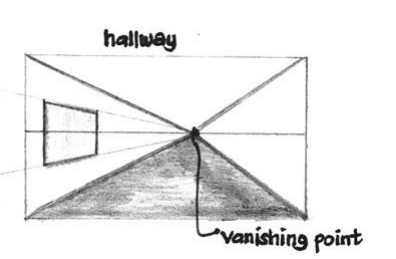A sunny Saturday morning, a bunch of enthusiastic and intrigued students, three powerhouse panellists – the perfect recipe for a great workshop! And that’s exactly what Journalism Demystified at Lady Shri Ram College turned out to be!
Armed with their years of experience and their love for their field, three eminent journalists – Avalok Langer from Tehelka, Parikshit Luthra from CNN-IBN and Appu E Suresh from Indian Express – delivered three layered and interactive talks on filtering fact from opinion, sensationalism, and the ethics of investigative journalism, respectively.
Mr. Langer gave the students an overview of one of his worst experiences as a journalist, as he faced some life-threatening and terrifying experiences in Manipur. He then went on to demonstrate, through an interesting experiment, how journalists must collate different versions of stories, gauge the reliability of their sources and come up with coherent and strongly backed arguments to present the version closest to the truth.
Mr. Luthra, by making use of some viral newscasts and high-coverage cases, showed the students the inherent flaw in sensationalism. A very important point he elucidated was that of giving one’s credibility as a journalist more weight than the speed with which one must deliver the “facts” of the case. Using his own experiences as a broadcast journalist and by showing a video example of the best way to tackle emergency situations, Mr. Luthra highlighted the level-headedness a journalist needs to have when dealing with pressing issues in the field.
Mr. Suresh, a notable columnist with Indian Express, shared his views on the ethical code one should develop when approaching investigative journalism. Using his experience with corporate cases, he illustrated the ways and means through which journalists must respect reputations, timings and situational concerns, while being equally committed to getting to the heart of the matter and bringing the truth of an investigation into the public eye.
A lot of pertinent questions were raised in the panel discussion that followed, where our speakers further highlighted their views on commitment to the field, the quest for truth and the importance of being clear, level headed, well researched and well informed, and their importance.
Overall, it was quite a thrilling session where a lot of essential ground rules of being a journalist were spelled out. We are only too glad that the session was a success and that each participant went home a little more enriched, thanks to our dedicated professionals who are all leaders in their area of expertise.
























